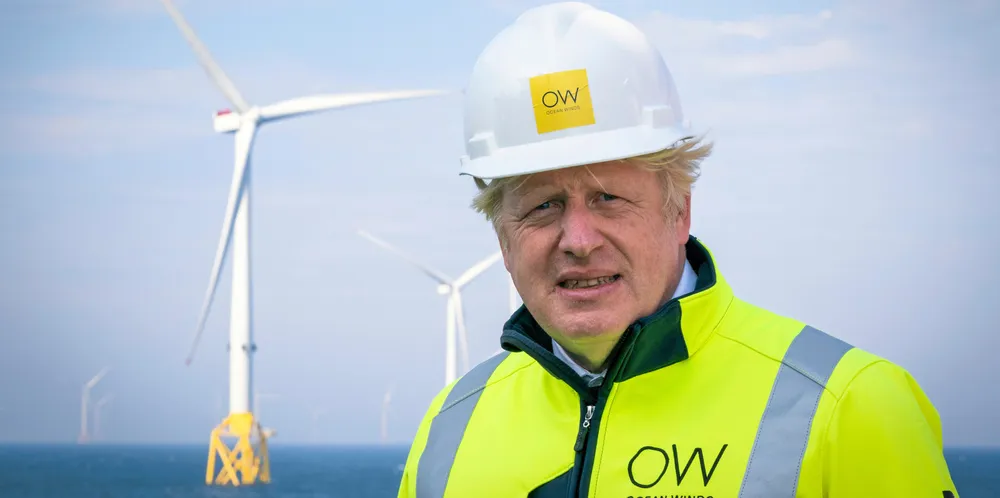Johnson's UK net-zero plan doomed without 'Covid-like focus' on offshore wind speed-up: Vattenfall
Length and complexity of dealing with multiple agencies makes 2035 timeline unfeasible without 'fundamental change', says Swedish giant's UK country manager
